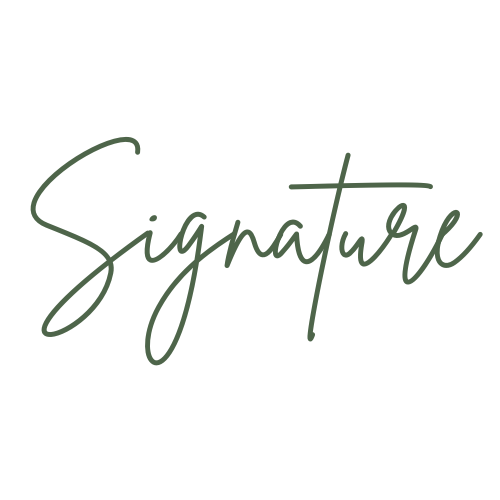When was it made?
Scientific Analysis
Using special technology to look beneath the surface of a work of art and study the materials that were used to create it, we look for attribution clues with advanced imaging, like UV and X-Ray, and can accurately date a work of art by testing pigment and other material samples.
Would you like to know more? Read through our FAQ section below or email us at info@authenticate-art.com.
-
For scientific analysis, we usually recommend a combination of imaging and materials analysis techniques. Ultraviolet (UV), Infrared (IR) and X-Ray imaging allow us to see beneath the surface of a painting. Sometimes we find underdrawings or abandoned compositions that provide insight into an artist’s working practice.
We can also test samples of pigment, binding material (oil), canvas, wood, paper and other materials to determine if they are appropriate for the time period and location. This can also provide attribution clues, as some artists preferred to work with certain kinds of materials.
-
Pricing for scientific analysis is determined by our partner and is based on the complexity of research required. You should expect to spend upwards of $8,000 USD, not including transportation costs. For more information, or a personalized quote, please email us at info@authenticate-art.com.
-
We work closely with some of the leading laboratories for the scientific analysis of art in the United States New York, London and Geneva. Our partners perform the physical inspection, imaging, sampling and testing of materials, then present their findings and conclusion in an illustrated scientific report, which we take under consideration when determining authenticity.
-
Scientific analysis is a very important step in the authentication process, because it provides a solid foundation of fact-based evidence. Unfortunately, there is not one scientific test (or series of tests) that we can do to confirm the authenticity of a work of art. However, we can very effectively rule out the possibility that an artwork is fake and build a case for authenticity by combining this service with comparative analysis and provenance research.

